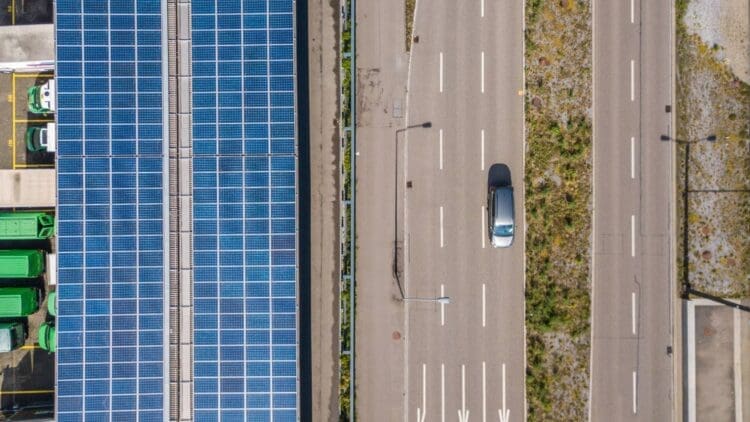The European Union has reported that it is doing everything in its considerable power to shrink the solar price gap with China. The Chinese are leading the world in renewable energy production. Between January and May, China added 198 GW of solar and 46 GW of wind, enough to generate as much electricity as Indonesia or Turkey. As a result of the growing gap between the European and Chinese solar sectors, the EU has proposed several key measures that aim to reduce that gap.
SolarPower Europe has authored a study that highlights the gap between the European and Chinese solar sectors
Solar power is one of the most underrated energy generation processes in modern-day society. China, which is one of the most industrious nations in the world, has produced vast amounts of solar power since the nation opted to invest heavily in the sector. The EU has proposed several measures that aim to shrink the gap that exists in the sector.
SolarPower Europe partnered with the Fraunhofer Institute for Solar Energy Systems to conduct a study proposing urgent policies and measures that aim to shrink the cost gap between Net-Zero Industry Act (NZIA)-compliant modules and Chinese-imported modules to below 10%.
Taking into account the undeniable fact that there remains a cost difference (2.2 to 5.8 €ct/Wp) between NZIA-compliant EU-made and NZIA-compliant non-EU modules, the study underscores the need for change in the solar sector in Europe, if they plan to compete with the ever-growing Chinese solar sector.
The low cost of producing solar power modules in China has exacerbated the gap in the sector
China is an extremely industrious nation; they have an unparalleled reputation for building massive projects for significantly less than any other nation could even imagine. As a result, they now lead the world in several sectors. The report from SolarPower Europe and the Fraunhofer Institute for Solar Energy Systems reports that producing a solar module in Europe with EU-made solar cells costs around 10.3 €ct/Wp more than producing the same module in China.
However, all is not lost for the European solar sector. The study finds that reaching the EU’s solar module manufacturing target of 30GW per year is both technically and economically achievable.
However, it underscores the need for the EU and its member states to take swift action if their lofty energy goals are to be reached. Improving the investment environment and subsidizing projects could assist in that regard. Solar has a growing impact on the energy sector in several nations and remains a vital decarbonization tool for the sector.
“This new report underlines that, with the right policies, Europe can competitively deliver 30 GW of solar manufacturing by 2030, creating thousands of local jobs and building a resilient, innovative solar supply chain that keeps economic value here at home. To meet the 2030 goal, the EU and Member States must act swiftly. Without interventions, Europe risks losing its remaining industrial and technological capabilities in solar.” – Walburga Hemetsberger, CEO of SolarPower Europe
The report from SolarPower Europe calls for additional measures beyond the Net-Zero Industry Act
The report calls on the nations of Europe to promote the solar sector by easing regulatory barriers and establishing a welcoming investment environment for the energy companies around the world to consider investing in European-made solar systems. The Energy Information Agency has reported that solar power generation will remain a crucial part of the energy sector for the future. China will continue to lead the world in cheap, sustainable solar power; however, the EU has stated that the solar sector in mainland Europe has the potential to close the gap that exists in the sector. Whether that happens remains to be determined.





